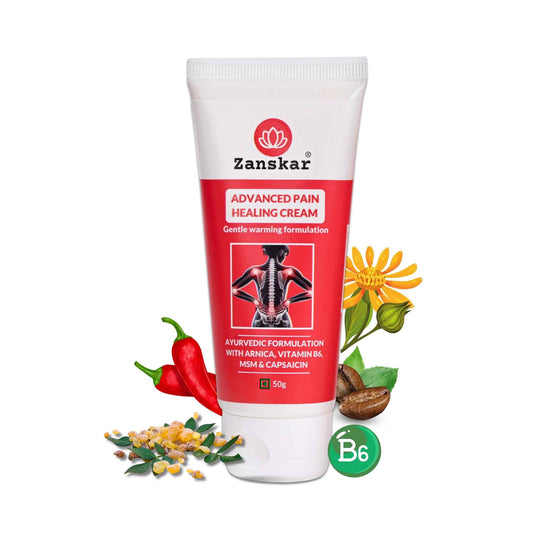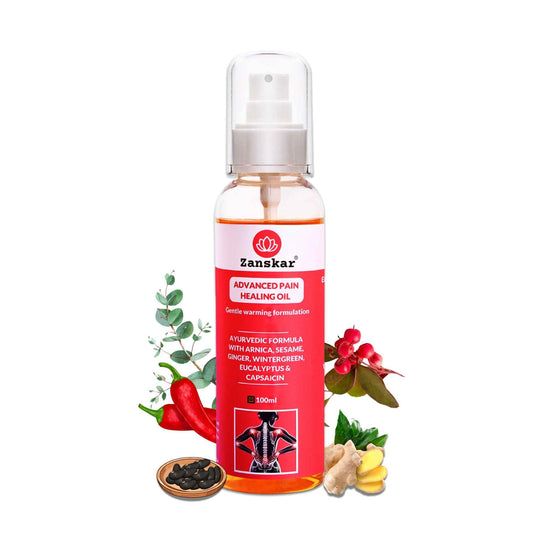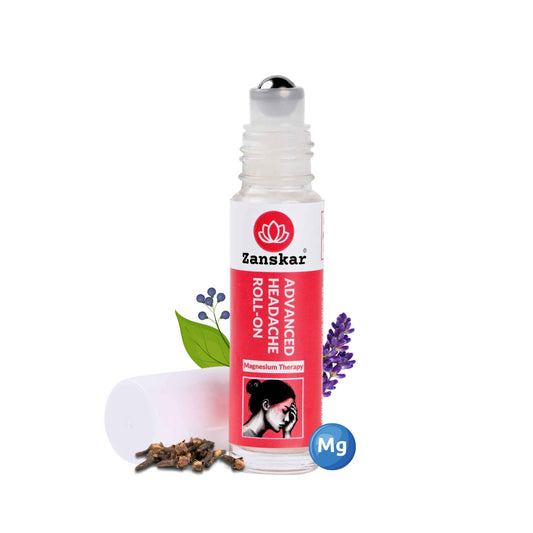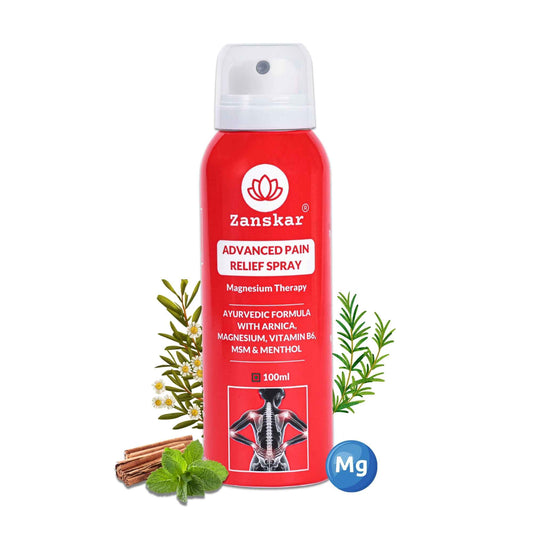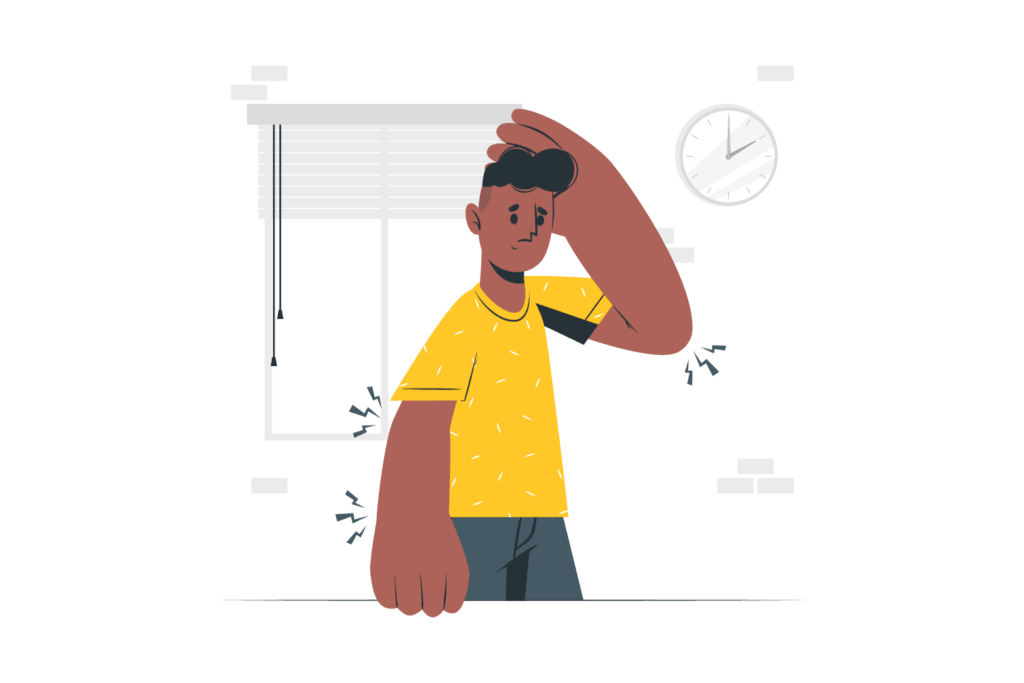
Does your child have Joint Hypermobility Syndrome?
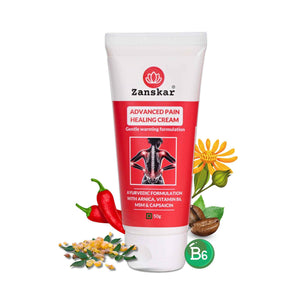
Most of us will probably know a few people in our lives who we could describe as being double-jointed – they can do ‘party tricks’ like contorting their bodies, are incredibly flexible, and can move their joints beyond a ‘normal’ range of motion. If that’s the case, the reality is that these people may have a mild form of hypermobility, also known as Ehlers Danlos syndrome.
General joint hypermobility is not uncommon, often affecting the elbows, wrists, fingers and knees, and carrying no pain or medical complications. For 5% of the population, however, their hypermobility can be more extreme, and a sign of a more serious genetic condition called Joint Hypermobility Syndrome (JHS). JHS is a connective tissue disorder, which is often accompanied by joint pain, joint and ligament injuries, fatigue, and poor balance, alongside many other troubling symptoms.
It has been reported that 10-25% of children have hypermobility, with girls being more affected than boys. Usually symptoms are more evident between the ages of 13 and 19 years old with 3/4th of adolescents presenting with symptoms at 15 years of age.
Signs & Symptoms Of Joint Hypermobility Syndrome
The most common symptom of JHS is extreme flexibility and pain in your joints and muscles, but other symptoms can include:
- Frequent joint and ligament injuries, including dislocations, subluxations and sprains
- Joint and muscle stiffness
- Easy bruising
- Dizziness and fainting
- Abnormal scarring
- Thin, stretchy skin
- Tiredness/fatigue
- Clumsiness/poor balance
- Bladder and bowel issues
- Clicking joints
Risk Factors For Joint Hypermobility Syndrome
JHS is caused by your genetics – it tends to run in families and is an inherited condition. It is believed that if one parent has hypermobility, one in two of their children will also have it, and the genes that are responsible for creating collagen throughout the body are believed to play a role. Hypermobility can also be influenced by:
• Age – the collagen fibres in your ligaments tend to bind more tightly together as you get older, which is why many of us become stiffer with age. Hypermobile people who are very flexible and pain-free when younger may find that they’re less flexible when they reach their 30s or 40s
• Muscle tone – the weaker or more relaxed your muscles are, the more flexible your joints will be and the greater range of movement you will have
• Gender – women are more likely to develop JHS than men
• Research also suggests that if you have autism, attention deficit hyperactivity disorder (ADHD) or Tourette’s syndrome you are more likely to have symptoms associated with JHS
What’s the Diagnostic Criteria For Joint Hypermobility Syndrome?
To be diagnosed with JHS, you will need to visit a podiatrist to undergo a physical exam, to assess the range of motion in your joints and discuss your health history and other medical issues. They may also request blood tests to rule out any other possible genetic conditions.
Typically, a questionnaire called the Beighton Hypermobility Score will be used to measure the flexibility of your joints, by asking you to perform certain tasks.
Is There A Cure For Joint Hypermobility?
Unfortunately, Joint Hypermobility Syndrome cannot be prevented, or cured, because it is a genetic disorder that you inherit at birth. However, it’s encouraging to keep in mind that as people get older, their flexibility naturally decreases and their symptoms tend to improve. For some people, symptoms are mild, but for others, the pain can be severe, and everyone’s hypermobility affects their bodies in unique ways, so it’s important to work with a trusted podiatrist to learn ways to protect your joints and manage your pain.
How Can I Manage The Symptoms?
If you have JHS, it’s important to maintain a healthy lifestyle and protect your joints. You can improve your joint and muscle strength by:
• Maintaining good muscle strength. This will help to stabilise your joints and stop muscles from tiring out as quickly, as hypermobility may cause them to work harder than normal
• Learning about the ideal forms of exercise to support your joints safely (over-extending your joints in dance or yoga may cause more damage)
• Using techniques such as muscular taping or braces to help to improve gait and prevent injury
• Participating in a tailored exercise programme to target physical needs
• Easing joint pain and stiffness with heat packs or warm baths
• Eating a healthy diet high in Vitamin C
• Using custom-designed orthotics to help stabilise the feet at the ankles, providing additional support for the surrounding muscles
• Wearing ergonomic, supportive footwear that supports the feet in place as opposed to letting them easily roll at the ankle
How Zanskar Health Can Help You
If you have joint or muscle pain that makes it hard to move, Zanskar offers the most advanced full stack pain relief solutions for you.
Now available to purchase, Zanskar® Advanced Pain Healing Cream has a unique formulation of natural ingredients like Arnica, Vitamin B6, MSM and Capsaicin, which is trusted by over 20L+ pain sufferers globally. It provides lasting relief from muscle and joint discomfort that you can feel good about. Get your fix before stocks run out - buy now.
You can also gain access to therapeutic exercises and stretches for your condition by downloading the Zanskar Health physiotherapy mobile app. Additionally, you’ll have a personal care team to guide, support, and tailor our program to you, including behavioral and nutritional coaching.
Download our mobile app here 👉 download and track your exercise streak.
This article and its contents are provided for educational and informational purposes only and do not constitute medical advice or professional services specific to you or your medical condition.
Medical Review: This article is written by Dr Nishtha Mittal (Senior Health Content Editor at Zanskar Health) and has been medically reviewed by Dr Rashi Goel (Senior Physiotherapist at Zanskar Health). This article and its contents are provided for educational and informational purposes only and do not constitute medical advice or professional services specific to you or your medical condition.




